706 Mapping Soil Health
Prairie farmers are skeptical of “soil health” as just another buzzword — but what if data could make it practical? This episode explores mapping tools, farmer perspectives, and what resilience really looks like in the field.
Intro
Soil health. It’s a term we hear everywhere — regenerative, carbon-neutral, climate-smart — but what does it really mean when you’re out in the field making decisions? In this edition I’ll highlight an article that I wrote about where soil health testing is at right now, why it’s still a bit of the “wild west,” and how mapping tools like electrical conductivity and gamma-ray spectrometry are, in my opinion, the first step to take in helping to determine the health of your soil.
In case you’re new here, let me introduce myself. My name is Scott Gillespie and I’m an Alberta-based author, podcaster, and independent agronomy consultant that focuses on #RealisticRegenAg. I provide advice-only agronomic services to my farm clients —offering unbiased recommendations free from product sales. In this podcast I share science-based practices that that promote environmental stewardship and farm profitability.
There are many ways to take in this information.
It's the same content on each, just in different forms.
Read 📖 | Listen 🎧 | Watch 📺
Newsletter signup:
https://mailchi.mp/plantsdigsoil/newsletter
https://www.linkedin.com/newsletters/6944029544697802752
YouTube: (Company) (with some drone footage from scouting this summer):
https://www.youtube.com/@scottcgillespie
Podcast:
https://anchor.fm/scottcgillespie
(Look below Spotify for other apps or just search “Plants Dig Soil” in your favourite app.)
Mapping Soil Health
Soil health has been front and centre in ag for a while now, but when it comes to making real-world decisions, good intentions just don’t cut it — we need hard data. The challenge is, soil health testing is still in its “wild west” stage. Labs are offering all kinds of tests. Most of them propriatary with little to no peer-reviewed data and the results don’t always translate into clear management decisions.
The Soil Health Institute has worked on this for nearly a decade, and they’re recommending a minimum set of three indicators: organic carbon, carbon mineralization potential, and aggregate stability. Those three give us better insight into nutrient cycling, structure, and resilience.
Those tests aren’t widely available yet. Until they are, I think the first step is in using the mapping tools that help us understand soil variability. Electrical conductivity mapping shows us soil texture and salinity across a field, and gamma-ray spectrometry can identify soil types and mineral patterns. Both give us a much clearer picture of where the strengths and weaknesses are.
Why am I talking about mapping as the first step? It’s because soil health isn’t just about biology. It’s also about topography, texture, compaction, and water availability. Getting the “house” in order — so the microbes have a place to thrive — is the first step.
I encourage you to read the full story by following the link.
https://www.plantsdigsoil.com/s/Mapping-Soil-Health-Spring-2025.pdf
Related Reading
Soil health skepticism prevalent
At the Soils for our Future conference in Winnipeg this summer, researchers from the University of Calgary shared results from a national survey of farmers on soil health. What they found is pretty telling: here on the Prairies, the idea of soil health is often met with skepticism — even outright rejection.
Many farmers see it as a buzzword or a top-down policy push. Cover crops are the classic example — government pushes them hard, but Prairie producers keep saying moisture and season length is too limiting for that to make sense. And they’re right.
I think this gets at why mapping and measurement are so valuable. If we can connect soil health back to things producers already know — like sandy knolls, saline draws, and erosion — it stops being an abstract “fad” and becomes a practical tool. As Dr. Jeff Schoenau pointed out, we’ve been measuring soil quality for decades. Organic matter, nitrogen supply, aggregation, infiltration: Those are soil health indicators by another name.
So, rather than dismiss the idea, or accept it blindly, the opportunity is to ground “soil health” in site-specific decisions. That’s what the mapping tools I mentioned earlier can help us do. First you can start using the maps for variable rate fertilizer, and then you can move on to soil health measures.
https://www.producer.com/news/soil-health-skepticism-prevalent/
How farms can cut expenses
Economics drive decisions. In a recent interview, I was talking about how, when supply chains get tight or cash flow is limited, the best thing you can do is leverage your data. If you know your fields, you can prioritize where the inputs will give you the most return — and which acres maybe don’t need to be pushed so hard.
That’s where this all comes together. A lot of Prairie farmers hear “soil health” and think it’s just another policy buzzword. But if we ground it in the data — mapping texture, salinity, productivity zones — suddenly it’s not abstract anymore. It’s not Ottawa telling you what to do; it’s your own field data guiding where to spend, where to save, and where maybe to give the land a soil health break with a cover crop or a perennal phase.
https://www.country-guide.ca/features/how-to-cut-expenses-on-your-farm/
Regenerative farming gains ground in Manitoba amid drought challenges
As I wrap up, I want to leave you with a picture that really stuck with me. The Western Producer reported on two alfalfa fields in Manitoba, just half a mile apart; same soil, same drought year. One was regeneratively managed and stood 18 inches tall. The other, farmed conventionally, was only six. That contrast speaks volumes.
Regenerative ag gets a lot of hype, and yes — it’s backed by policy makers, industry, and some big-name companies. But when you hear farmers talk about longer grazing seasons and fewer inputs, it’s clear there’s something real happening on the ground. This won’t work for everyone because it’s based on grazing systems, but still, it shows there is something there.
And of course, if it doesn’t rain both systems will suffer after two years of drought. However, the regenerative system should be able to take in a sudden thunderstorm better than the one that is conventionally managed.
Closing remarks
Thanks for your attention! If something resonated let me know. I love to hear from you. Also, sharing this episode in your social networks, whether a post or to small group of your friends, colleagues, or clients, is very much appreciated. You can also support me by picking up a copy of my book, Practical Regeneration, or reaching out for agronomy support.
All the information can be found on my website:
www.plantsdigsoil.com
Here’s to growing more, believing less, and always digging a little deeper.



